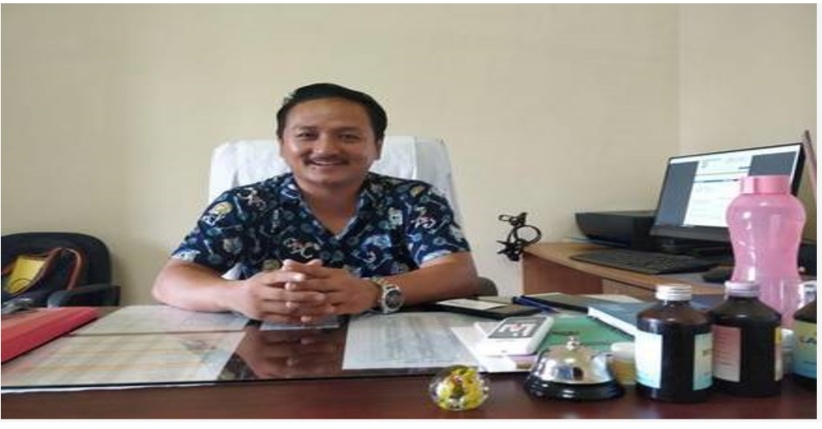Ayurvedic pain therapy gets north-eastern makeover

Based on an acupuncture theory, it has been developed by a Naga practitioner.
A ‘mainstream’ Ayurvedic pain therapy has been given a north-eastern twist with betel leaf and Naga Chilly, one of the hottest on earth.
The hot experiment based on an acupuncture theory by Imlikumba Jamir, the sole Naga panchakarma specialist in India, has been approved by the Ministry of AYUSH.
Panchakarma, entailing five procedures, is the purification therapy used in Ayurvedic medicine while AYUSH expands to Ayurveda, Yoga and Naturopathy, Unani, Siddha, Sowa Rigpa and Homoeopathy.
Naga Chilly (Capsicum chinense), also known as King Chilly, is more popular as Bhot Jolokia which derives its name from the popular belief that it originated in the hills of Bhutan.
The Guinness Book of World Records had in 2007 named it as the hottest chilly but lost its position first to a UK variety called Infinity and then the US-developed Carolina Reaper.
“Ayurveda prescribes a pungent paste to be used as shoolaprashamana, or pain reliever. What I have done for osteoarthritis of knee joint is replace some traditional ingredients following the pain-gap theory in acupuncture to give more pain to an affected part for reducing or killing the original pain,” Dr Jamir.
The 32-year-old from Nagaland’s Mokokchung, now a medical officer at the North Eastern Institute of Folk Medicine in Pasighat, did his masters in Panchakarma from Shri Dharmasthala Manjunatheshwara College of Ayurveda in Hassan, Karnataka.
Dr Jamir replaced the primary ingredient, common chilly, in the traditional paste with the Naga Chilly and added betel leaf for its astringent property.
The other ingredients – garlic, ginger, rock salt and sesame oil – remained the same.
The higher degree of pungency compared to the traditional mix, Dr Jamir explained, makes the nutrients penetrate deeper to particular tissues that need to be stimulated for pain relief.




